An interesting coin from one of the lesser known participants of WWII
This is my entry for Day 12, “L” of the Blogging from A-Z April Challenge!
L = Lebanon.
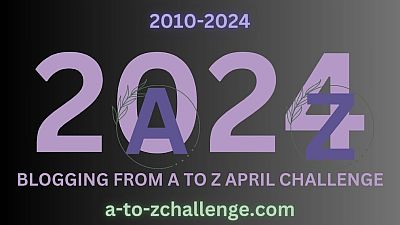
Lebanon in WWII
This coin was issued just five years after the 1936 5 Piastres shared previously. But quite a lot changed in that time, specifically: WWII. At the time, Lebanon was still part of the “French Mandate for Syria and Lebanon“. When the Ottoman Empire was divided after WWI, France acquired Lebanon and Syria. Great Britain, already controlling Egypt and the Suez Canal, occupied Palestine under the same authority. Religious, ethnic, and political tensions in the region, always high, repeatedly erupted into bloodshed during the interwar years. Nazi Germany was not slow to recognize opportunities to undermine French and British authority in the Middle East after World War II began in 1939, and sent agents to the region to foment unrest.
After the fall of France in 1940, the following May, the Vichy French signed an accord with Germany, allowing Axis forces to access bases in Lebanon and Syria. Lebanon was not nearly so remote and sympathetic to the Free France movement as African territories such as Cameroon, and the Vichy French forces in the country would not be overcome easily. This threatened Allied interests in the entire region. On June 8, 1941, British imperial forces invaded the mandates from Palestine and Iraq and were ultimately successful.
Obverse
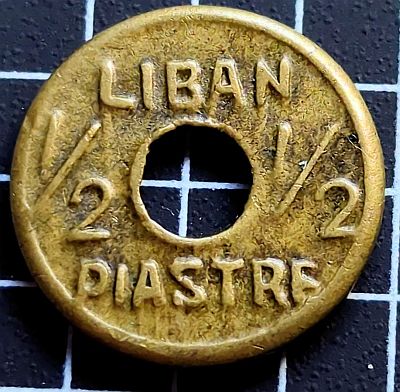
As with the rest of Europe, the war created extreme shortages and necessitated changes in coinage issues in Lebanon. Particularly, the Paris Mint, which had previously supplied coins for Lebanon, was unable to do so under the Vichy regime. Looking at the coins the Monnaie de Paris issued during the war, they did produce an early 1941 zinc 1/2 Piastre for Lebanon, based on the earlier 1934-1936 design, but were unable to sustain this.
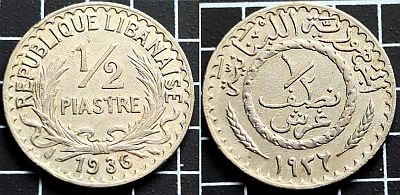
Here is the earlier 1936 1/2 Piastre. Quite a different design. More ornate and carefully produced at the Monnaie de Paris.
Later in 1941, new coins were minted in Lebanon out of brass (pictured above, with centre hole). The 1955 Nepal 4 Paisa is known to be minted out of brass shell casings. That coin is only slightly larger and also has a hole in the centre. I wonder could these Lebanese coins also have been minted out of shell casings? Let us know!
The design features the country and value name in French with the “1/2” being included on either side of the hole. These are known to be made with many varieties and errors. In this case, the rim looks, if not offset, then certainly weaker, on the left side and there are various imperfections in some of the lettering.
Reverse
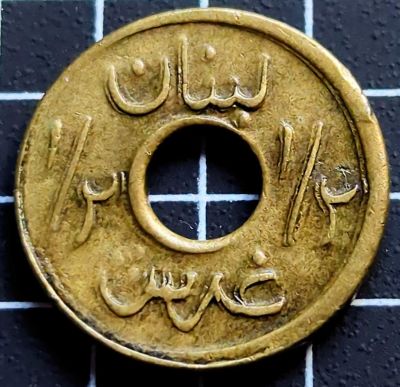
The reverse features the same text as the obverse, this time in Arabic. In this case the rim is definitely offset, and the entire design has been double struck – look at the ٢ to the right of the hole.
A 1 Piastre coin was also issued in 1941. This coin looks similar to the 1/2 Piastre – very simple design on a brass flan. Also like the 1/2 Piastre, there were two versions produced in 1941. A brass coin which is relatively common, and an aluminium version to exactly the same design. Here is the brass version:
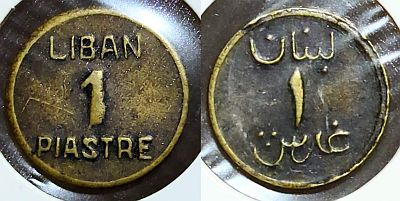
Lebanon achieved independence from France in 1943. Although no more 1/2 Piastre coins were issued after this version, in 1955 a 1 Piastre coin was issued, made of brass, the same size as the 1/2 Piastre coin:
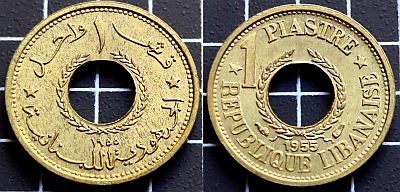
Note on this coin that the Arabic side is the “obverse” while the French text is on the “reverse”. On coins issued during the French Mandate, the French side was the “Obverse”. This coin was once again minted at the Monnaie de Paris. WWII necessitated some interesting and unusual coinage. What is your favourite issue from that period?


Leave a Reply